
 |
|
|
|
#1
|
|||
|
|||
|
A slight change of pace for week 5. In previous and future wireless set posts I have given, and will give, a set's effective range in yards or miles. This is of course dependent on conditions, but in most cases what is reported is based on a typical or commonly used aerial. As any good signaler knows, range can be enhanced by location and type and configuration of the aerial, more correctly called the 'radiating element'. This week will look at various aerial systems used on WW2 British and Canadian radio sets. If this disappoints those looking for a radio I apologized and promise something nice for next week.
Generally speaking, the taller the antenna the greater the range. The problem with this is that the taller the antenna the greater the risk the enemy will see it or that it will be broken off if attached to the roof of a moving vehicle. The first picture shows devices that help the wireless operator get better range without compromising tactical advantage. Aerial 'F' Sections used on sets such as the 19, 22, 38 and 52 come in four 4' sections, two bottoms, a middle and a top. In vehicles, usually the middle and top are used providing an 8 foot 'whip'. Anything taller (and therefore providing better range) would also be more visible to an observer and not practical on a moving vehicle. On the left is a single 'F' section in an aerial base No.10 and to the right of it a V Laporte splitter on a No.8 base that allowed two 8 foot aerials approximating the output of a single 16 foot one without additional height. Between the two is another wireless trick. A ‘dummy load’ inserted in the aerial base instead of an antenna allowed the operator to tune his set without radiating a signal for the enemy to detect. Beside that is a regular No.9 aerial base with a ‘G Section’ (as used with No.19 ‘B’ sets) and then the same on a clamping system that could be located higher for better performance or in cover to conceal it. Where the risk of detection could be mitigated or when operating from a parked truck, taller aerials could be used. Photo two is of the Canadian 20' & 34' telescoping masts (or rather the bottom ends of them) with the ground spikes, insulators and guy ropes. Also shown are the leather carrying bag and two types of bases to mount these masts on vehicle roofs or running boards. The 20 foot mast had a fitting on the top for 'F' Sections which, when used, brought it up to the equivalent of a 32 foot aerial. To further enhance performance operating from ground stations, horizontal aerials were used. These relied on the ability of AM frequencies in the low, and therefore very long wavelength bands to cover great distances when the aerial equipment was horizontal and matched to the wavelength of the frequency being used (think of high school geometry sin/cosine waves). For this type of aerial, the same 20' and 34' masts were used but in this role they were for supporting the horizontal antennas and not radiating signals themselves so the insulators could be omitted. Once the masts were erected and supported by guy ropes, horizontal wire aerials were attached to the tops of the masts creating a horizontal dipole antenna. The good is that they were very efficient, the bad is that they took a great deal of time to erect and dismantle. The third picture shows two types of horizontal aerials (plus the tops of the 20' and 34' masts): the "AERIALS 250' No.1" allowing for frequencies between 2 and 2.65 megacycles (megahertz) and an "AERIALS HORIZONTAL 4 SECTION" which could be used for a range of frequencies depending on how many of the four sections you connected together. The forth picture is the full set of "AERIALS HORIZONTAL No.1 ranging from 2 to 8 megahertz in six individual aerials each with a different length. The black plastic chain sections were to insulate the wire ‘radiating elements’ from the supporting masts. Last edited by Bruce Parker (RIP); 18-03-16 at 02:25. Reason: spelling |
|
#2
|
||||
|
||||
|
Wow, just wow.
Bruce, do you have any "modern" radios to showcase in the near future? I am thinking C-42, RT-524, PRC-25/77 etc??? (the extent of my radio collection)
__________________
3RD Echelon Wksp 1968 M274A5 Mule Baifield USMC 1966 M274A2 Mule BMY USMC 1958 M274 Mule Willys US Army 1970 M38A1 CDN3 70-08715 1 CSR 1981 MANAC 3/4T CDN trailer 1943 Converto Airborne Trailer 1983 M1009 CUCV RT-524, PRC-77s, and trucks and stuff and more stuff and and....... OMVA, MVPA, G503, Steel Soldiers |
|
#3
|
||||
|
||||
|
This is all pretty interesting stuff. I'm waiting for the 11 set.
__________________
1940 Cab 11 C8 Wireless with 1A2 box & 11 set 1940 Cab 11 C8 cab and chassis 1940 Cab 11 C15 with 2A1 & Motley mount & Lewis gun 1940 Cab 11 F15A w/ Chev rear ends 1941 Cab 12 F15A 1942-44 Cab 13 F15A x 5 1942 cab 13 F15A with 2B1 box 1943 cab 13 F15A with 2H1 box 1943 Cab 13 C8A HUP 1944 Cab 13 C15A with 2C1 box 1943 Cletrac M2 High Speed Tractor MkII Bren gun carrier chassis x 2 |
|
#4
|
|||
|
|||
|
...patience
|
|
#5
|
||||
|
||||
|
Well done Bruce, well done.
__________________
44 GPW / 44 C-15-A Cab 13 Wireless 5 with 2K1 box X 2 / 44 U.C. No-2 MKII* / 10 Cwt Cdn Brantford Coach & Body trailer X 2 / 94 LSVW |
|
#6
|
|||
|
|||
|
Great work as always Bruce.
Have a few odd items to add. 'G' Rod Bird Cage 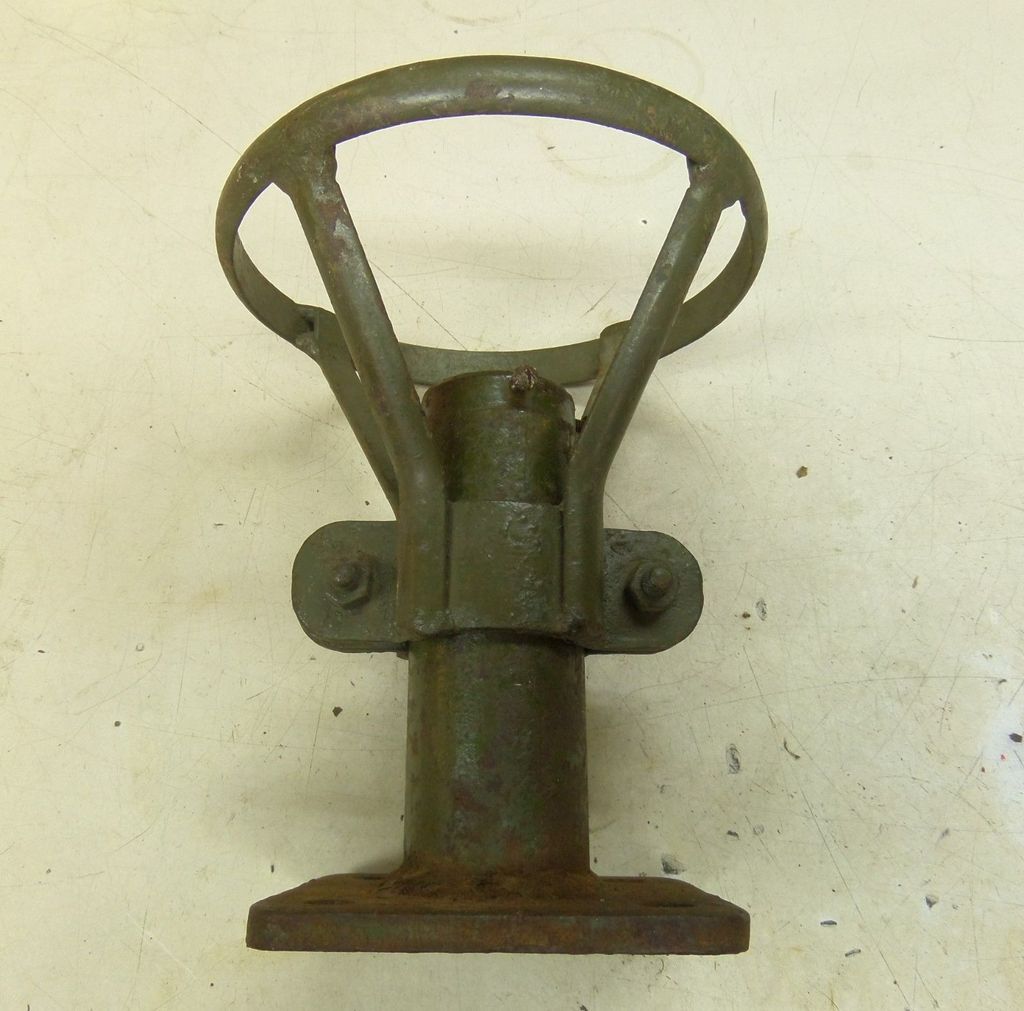 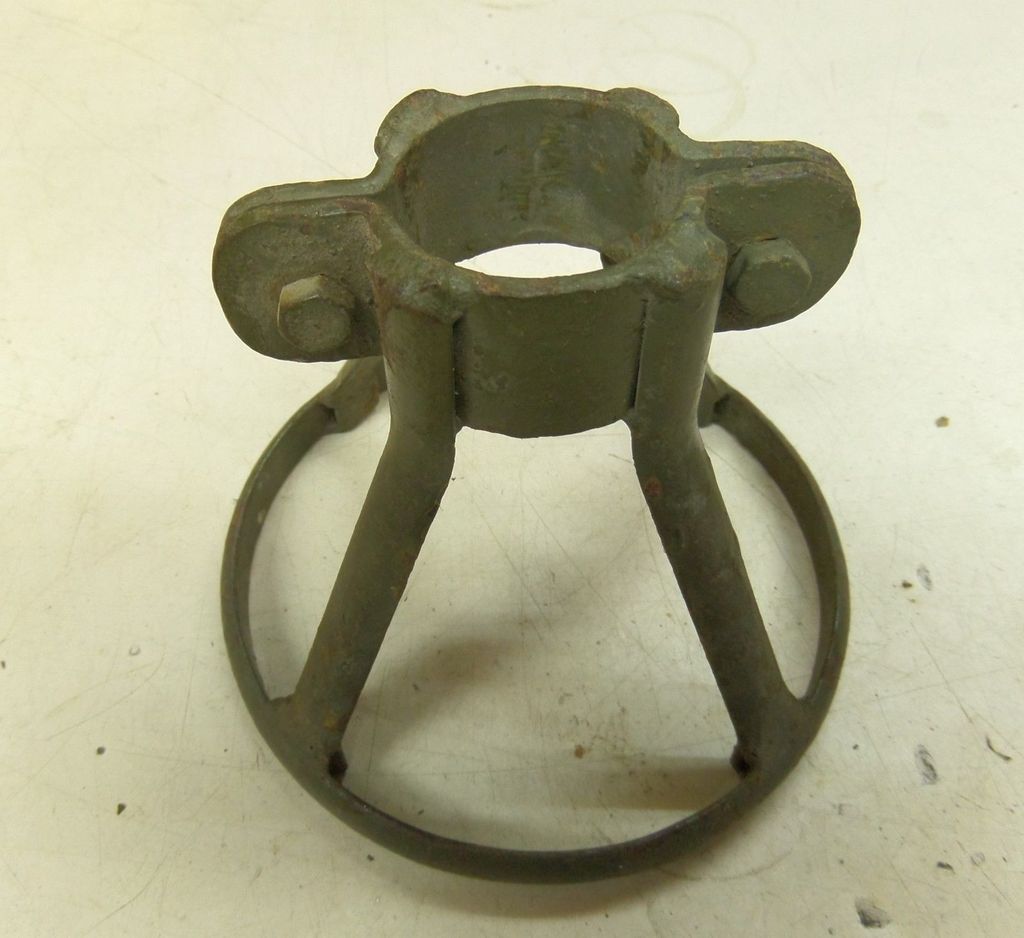 British 'D' Rod Aerial Set the predecessor to the Canadian 34' Antenna Set 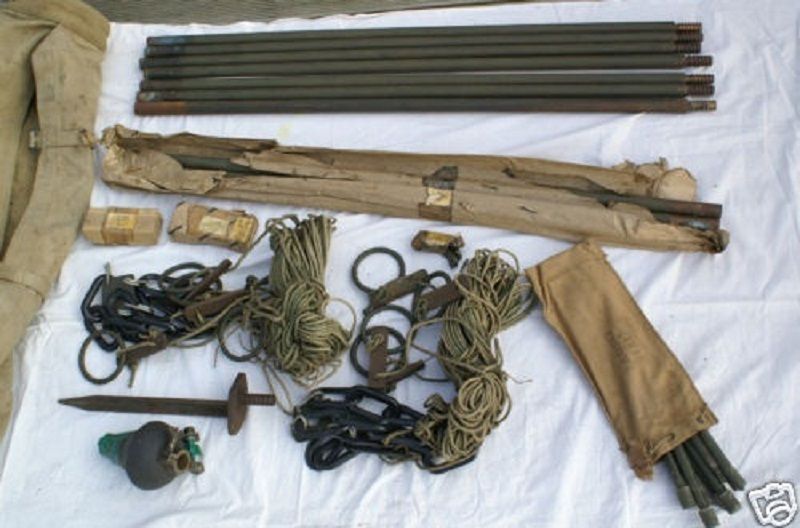 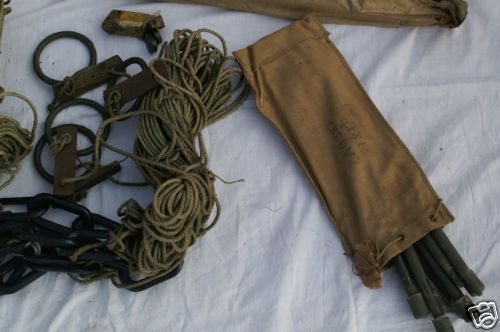 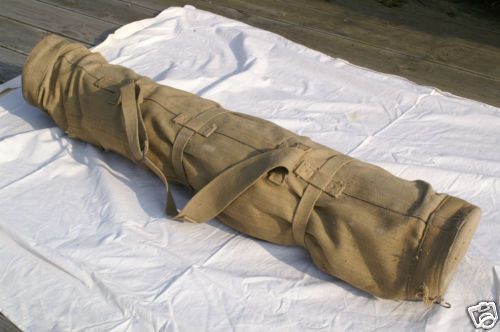 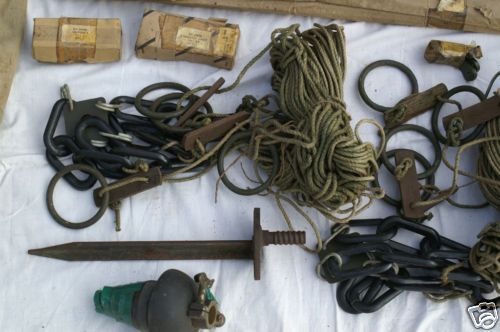 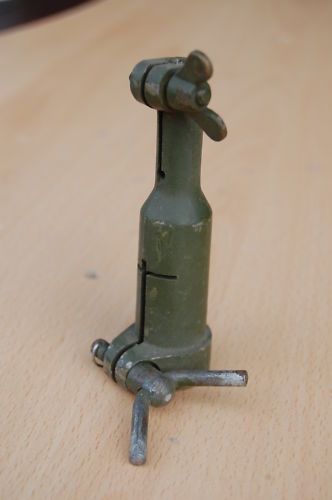 'D' Rod stabilizer used on vehicle installations. 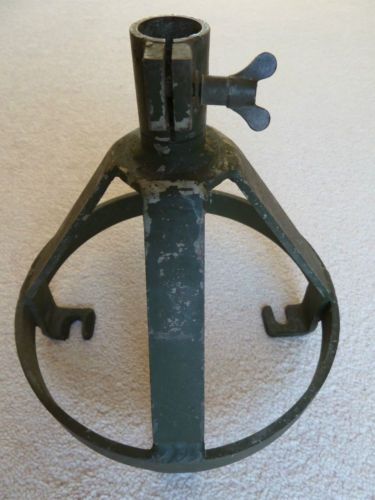 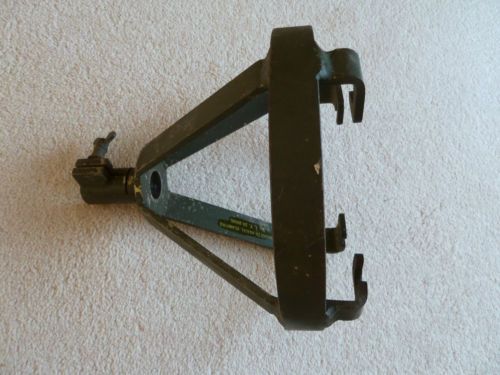 Geoff |
 |
|
|
 Similar Threads
Similar Threads
|
||||
| Thread | Thread Starter | Forum | Replies | Last Post |
| Wireless of the Week - week 1 | Bruce Parker (RIP) | The Wireless Forum | 4 | 16-07-16 23:45 |
| Wireless of theWeek - week 4 | Bruce Parker (RIP) | The Wireless Forum | 5 | 12-03-16 14:45 |
| Wireless of the Week - week 3 | Bruce Parker (RIP) | The Wireless Forum | 11 | 07-03-16 01:16 |
| Wireless of the Week - week 2 | Bruce Parker (RIP) | The Wireless Forum | 5 | 28-02-16 15:54 |
| How Far Did You Drive Your CMP This Week | Phil Waterman | The Restoration Forum | 6 | 23-05-07 02:37 |